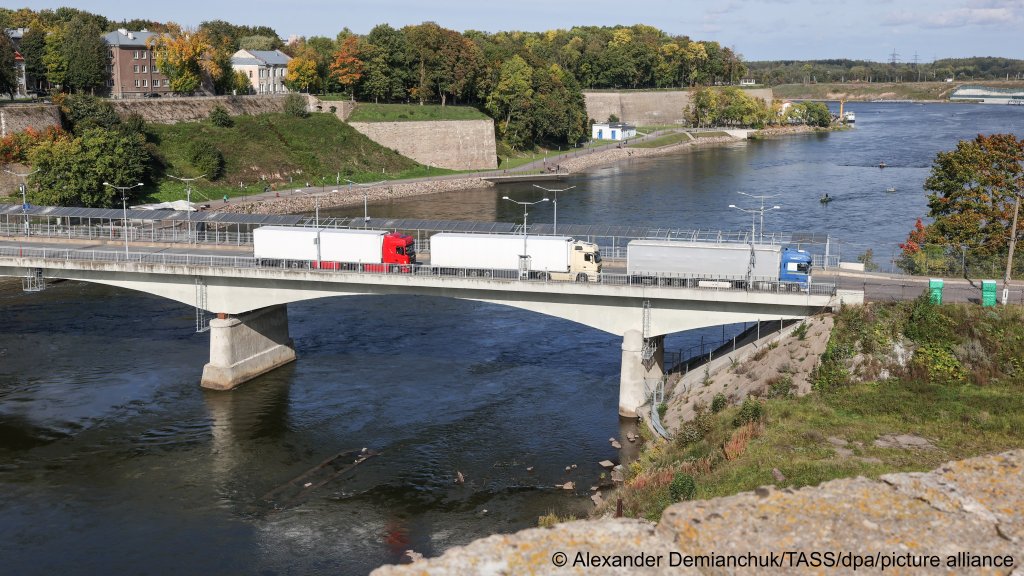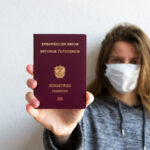Estonia has voiced apprehensions over Russia’s alleged manipulation of immigration patterns on Europe’s eastern borders, specifically noting a surge in asylum seekers attempting entry. Approximately 30 migrants, primarily from Syria and Somalia, were denied access into Estonia from Russia via the Narva crossing since November 16. Notably, none of these individuals sought asylum, and all were refused entry. The Estonian Interior Ministry reported an additional 150 individuals facing rejection in the subsequent week.
Veiko Kommusaar, Head of the Border Guard Division of the Estonian police, highlighted that these individuals often traveled independently, without apparent coordination from Russian authorities, in contrast to the 30 people encountered the previous week. Estonia’s Minister of Interior Affairs, Lauri Laanemets, labeled these irregular crossing attempts as a “hybrid attack operation,” raising concerns about potential security compromises and unrest within the Baltic state’s population.
This recent refusal of entry aligns with an uptick in irregular migrants at the Finnish-Russian border. Responding to this situation, the EU’s border agency, Frontex, announced the deployment of 50 officers to Finland to manage the challenges posed by the growing influx of migrants. Moreover, car travel across the Russian-Estonian border at Ivangorod will cease in February of next year, which will affect travel from Tallinn to St. Petersburg. Alternative modes of transportation are being investigated, such as possibly taking a bus from Tallinn to St. Petersburg and then crossing the border in Narva.
Estonian authorities reported coordinated appearances of migrants at the Narva border crossing on November 20, arriving in groups of seven to eleven individuals. Minister Laanemets alleged that Russian border guards documented these events with pre-prepared recorders as Estonian authorities turned back the migrants.
Since May 2021, a considerable number of migrants have tried to cross Belarus into Lithuania, Poland, and Latvia, leaving those who are stuck along the EU’s external border in a humanitarian crisis. At least 37 migrant deaths have been reported in the border region since August 2021, according to Grupa Granica, an NGO network that keeps an eye on the situation at the border of Polish-Belarusian.





















